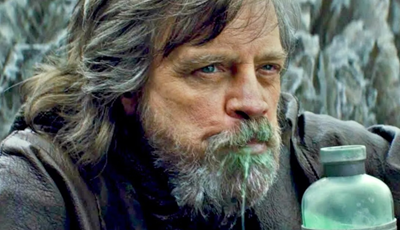Julie Burchill on the wealthy and well-connected eco-loons in organizations like “Just Stop Oil” and other performative nuisances:

“Just Stop Oil Activists Walking Up Whitehall” by Alisdare Hickson is licensed under CC BY-SA 2.0 .
[Cressida] Gethin is a 22-year-old music student who, among other things, clambered on to a gantry over the M25 in 2022. In doing so, she ruined the trips of 4,000 airline passengers. Whether swinging from gantries or attempting to destroy great art, these young people have the air of never having heard the word “No”.
Why are the climate fanatics all so posh? The Just Stop Oil activists are always called Cressida or Amy Rugg-Easey or Indigo Rumbelow. (Rumbelow has inspired an amusing Twitter game called Find Your Silly Posh Girl Name “by combining a colour with a defunct shop”.) In this, JSO is simply carrying on the glorious tradition of Extinction Rebellion, the leading lights of which had such names as Robin Ellis-Cockcroft and Robin Boardman-Pattinson.
Infamously, Boardman-Pattinson opined in 2019 that “air travel should only be used in emergencies”, despite having been on a number of skiing trips that very year, which he had foolishly posted on social media. It’s no wonder Cressida Gethin picked on desperate sun-seekers to make her point. Like the dowager countess in Downton Abbey who once asked, “What is a weekend?”, posh people who do nothing find it hard to understand what a holiday means to ordinary folk.
Like aristocrats down the ages, these posh clowns get together and breed new generations of clowns. Trans activist Riz Possnett, who glued her hands to the floor of the Oxford Union to protest against feminist Kathleen Stock last year, is the daughter of Extinction Rebellion activist Robert Posnett. He has been arrested several times for making a nuisance of himself. He once glued himself to a Brexit Party bus. The bananas don’t fall far from the tree in this family’s case.
Posnett was once a member of a “band” called Working Class Broccoli, even though her father is a wealthy businessman and her mother is the chief executive of South Cambridgeshire district council. They live in a five-bedroomed house, complete with a swimming pool, in a Suffolk village. Who could blame Tory MP Sir John Hayes, chairman of the Common Sense Group, for opining to the Telegraph that Riz had “gone off the rails” because she hailed from a “deranged bourgeois liberal family, blinded by privilege”?
The privileged have always been drawn to ecological concerns – as I wrote of King Charles many moons ago: “It’s easy for the rich to be Friends of the Earth – it’s always been a good friend to them.” Environmentalism gives our rulers a new way to corral and control hoi polloi now that the old ways of pushing us around are deemed unprogressive.
It is striking that only white people of a certain class and level of over-education enjoy making commuters’ lives a misery. And it is heartening that the people pleading with them to get out of the way are of every colour, creed and class imaginable. Think of the rousing attempts by a crowd to pull a pair of XR clowns from the roof of a rush-hour commuter train (electric!) in Canning Town back in 2019. Or take the summer of 2023, when Stratford schoolchildren were seen remonstrating with Just Stop Oil for making them late to lessons, in some cases ripping protesters’ banners from their hands.
A hastily deleted tweet by XR, comparing its activists to Rosa Parks, probably wasn’t the cleverest move. Not least as every climate-change protest is so overwhelmingly white that it makes the Lib Dem party conference look like the Notting Hill Carnival.










